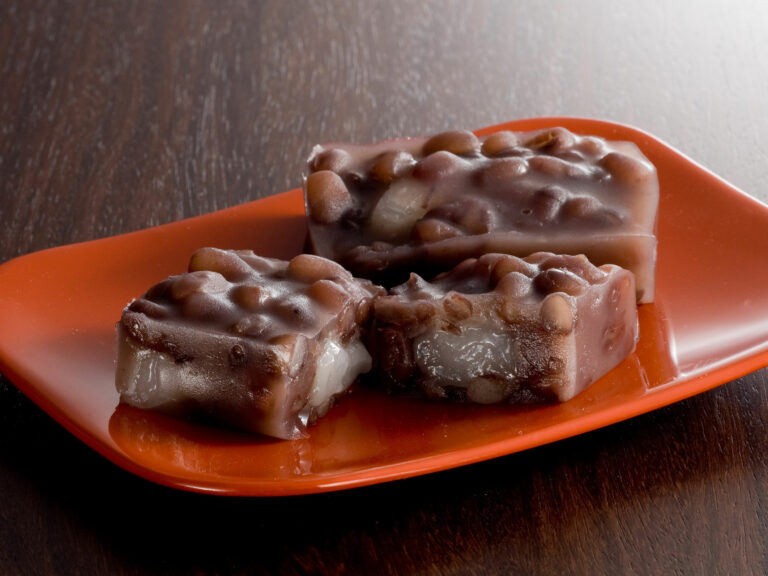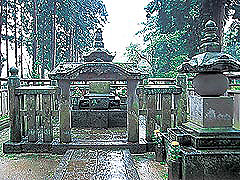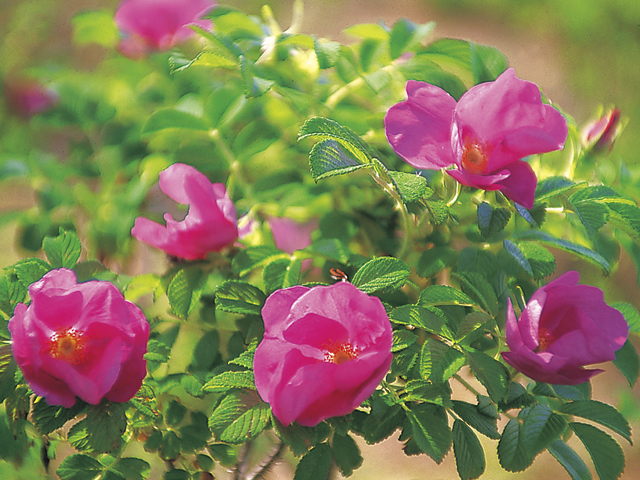
The look of the hamanas is from late April to late May
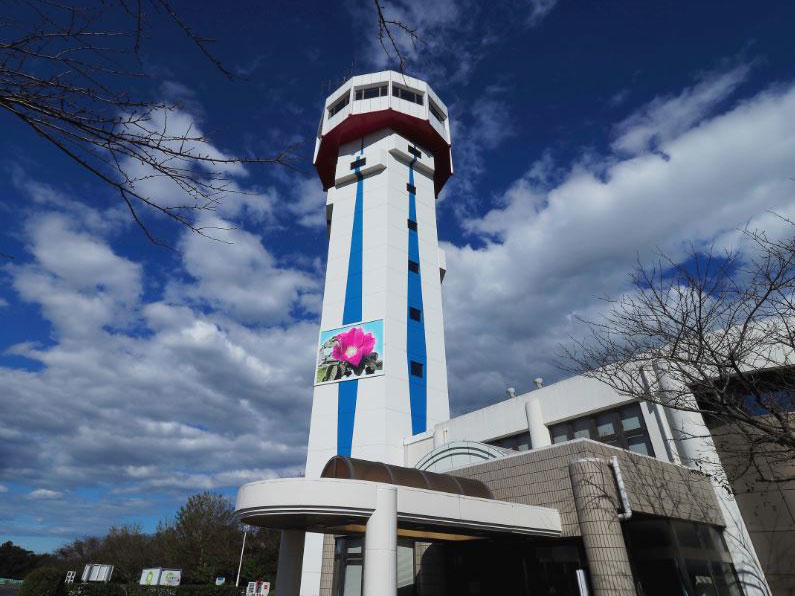
From a height of 44.5m above the ground, you can see the whole 360 degrees
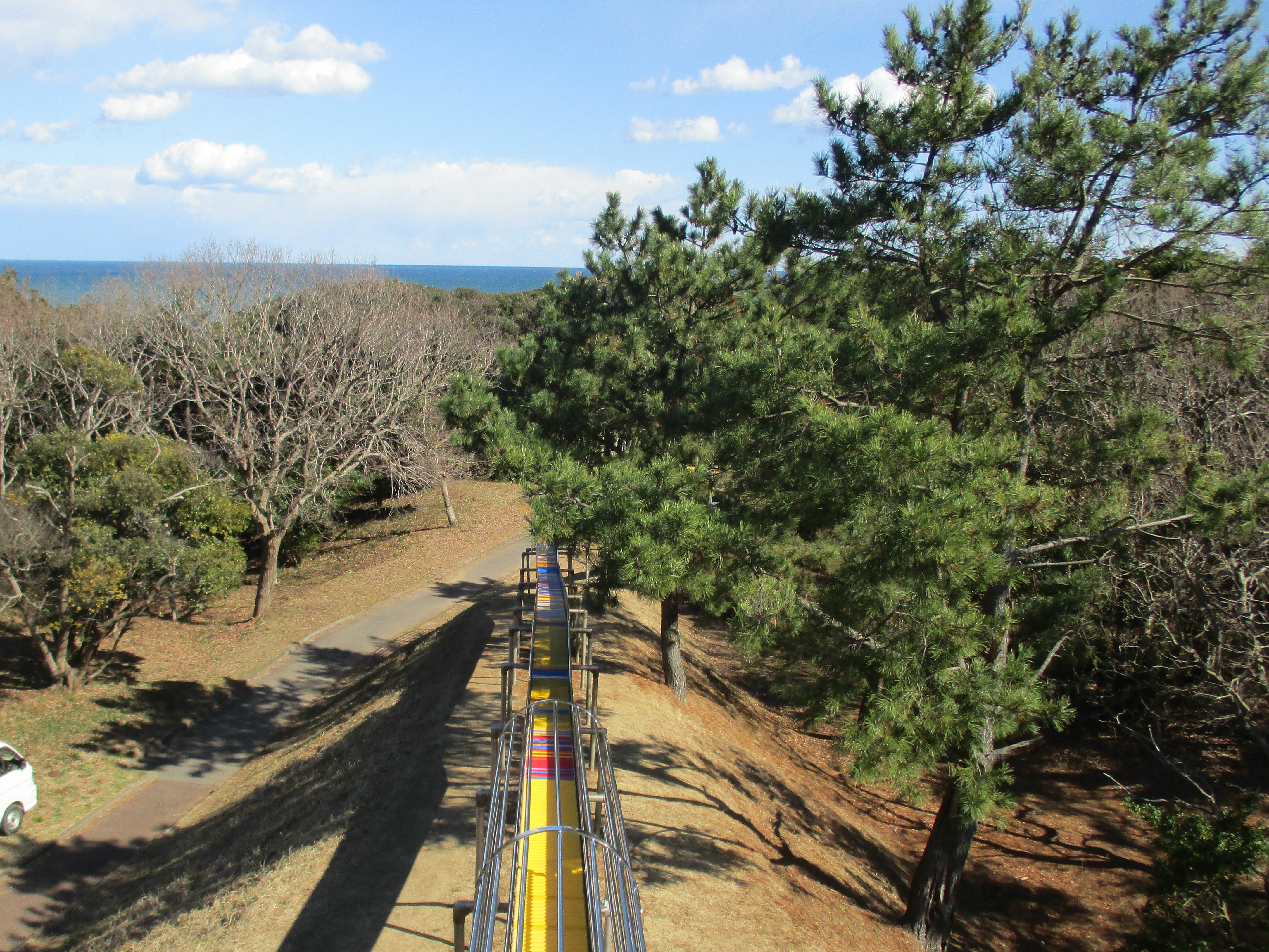
The jumbo slide, which slides down at once towards Kashitada, has a total length of 154m for both adults and children to enjoy

The square created in the style of a Japanese garden, with Benten pond where carp swim and wisteria shelving, is perfect for a rest for walking
The information provided reflects the details available at the time of the survey.
Please note that facility details may change due to the facility’s circumstances, so please check for the latest information before visiting.
This content has been translated using machine translation.
Information provided by: JTB Publishing
The content uses an automatic translation service, which is not always accurate.
The translated content may be different from the original meaning, so please understand and use it.

